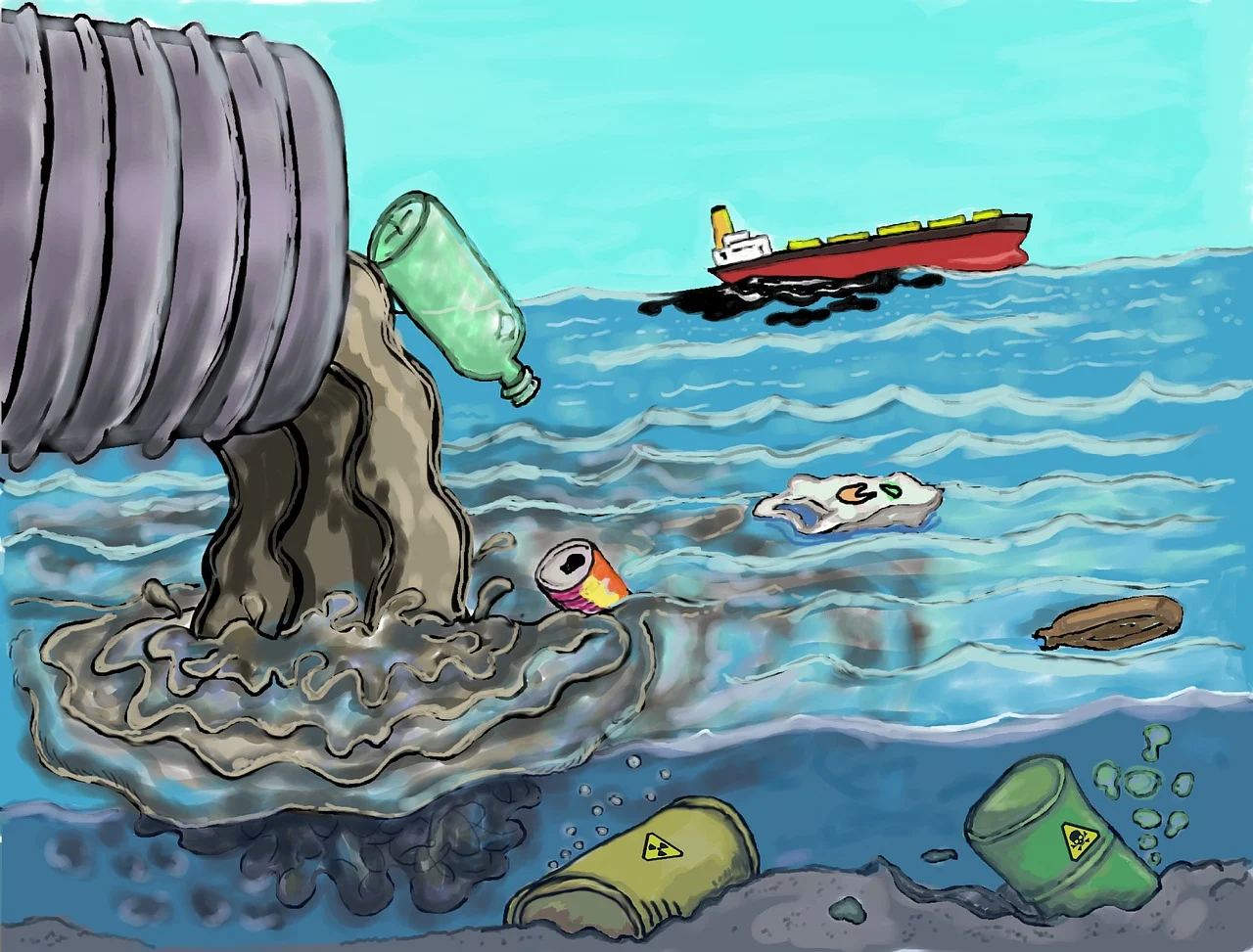Table of Contents
ToggleWater is a paramount resource for life, but when it unintentionally infiltrates our homes, businesses, or properties, it can wreak havoc, causing extensive damage and financial strain. The hazard of water damage is ever-present from burst pipes and leaking roofs to flooding and appliance malfunctions. Fortunately, multiple strategies and practices can be employed to lessen the hazard of water damage. We will investigate these strategies, emphasizing the significance of vigilance, maintenance, and preparedness in safeguarding against water-related disasters.
Steps to lessen water damage risk:
1. Roof Maintenance and Inspection
A well-maintained roof serves as a critical barrier against water intrusion. Regular roof inspections can help identify loose or damaged shingles, deteriorating flashing, or clogged gutters that might lead to leaks. These inspections, typically conducted by roofing professionals, should occur at least once a year, especially after severe weather events like storms or heavy snowfall. Timely roof repairs and maintenance can extend the lifespan of your roof and prevent water from infiltrating your home. Neglecting roof maintenance can result in costly repairs or even complete roof replacement in the event of extensive water damage. Moreover, investing in high-quality roofing materials during construction or replacement can enhance your roof’s durability and resistance to water damage. By addressing roofing issues promptly and proactively, you can significantly lessen the hazard of water-related problems inside your home.
2. Proper Drainage Systems
Efficient drainage systems are pivotal in directing water away from your property. Gutters and downspouts should be inspected regularly and cleared of debris to ensure rainwater flows freely. Clogged or overflowing gutters can lead to water pooling around your foundation, increasing the risk of basement leaks or damage.Another crucial aspect of drainage is grading the land around your property. Proper grading involves creating a gentle slope away from your home’s foundation. This ensures rainwater naturally flows away from your property instead of collecting around your foundation. Professional grading can be a valuable investment in preventing water-related issues.
3. Foundation Sealing and Waterproofing
A sealed and waterproofed foundation is vital for preventing water from infiltrating your home’s interior. Cracks and gaps in the foundation can be entry points for water, especially during heavy rains or flooding. These cracks should be promptly sealed to stem moisture from seeping into your basement or crawl space. In addition to sealing, consider waterproofing measures to further protect your foundation. This may involve the installation of a waterproof membrane on the exterior of your foundation walls. Such a membrane acts as a barrier against moisture penetration, safeguarding your home’s structural integrity. Remember that maintaining a dry foundation is not only paramount for preventing water damage but also for ensuring a healthy indoor environment, as damp conditions can lead to mold growth and related health concerns.
4. Plumbing Maintenance
Regular plumbing maintenance is crucial for stemming leaks and pipe bursts. Inspect plumbing fixtures, such as faucets, sinks, and toilets, for any signs of leakage, corrosion, or wear. Dripping faucets or small leaks can gradually escalate into more significant issues, resulting in water damage and increased water bills.Furthermore, addressing potential plumbing issues swiftly can also save you money on utility costs and reduce water wastage. For added protection, consider insulating pipes in colder climates to stem freezing and subsequent pipe bursts during winter months. Well-maintained plumbing systems are key to reducing the risk of water damage in your home.
5. Appliance Vigilance
Household appliances, while convenient, can be potential sources of water damage if they malfunction or develop leaks. Regularly inspecting and maintaining these appliances can help you identify problems before they escalate. Pay particular attention to appliances with water connections, such as washing machines, dishwashers, and refrigerators. Check hoses, connectors, and seals for signs of wear, corrosion, or leakage. Promptly addressing any issues, such as replacing worn-out hoses or tightening loose connectors, can prevent water damage to your home and its contents. Additionally, consider installing water leak detection systems near appliances with a high risk of leakage. These systems can provide early warnings in case of a malfunction, enabling you to take immediate action and minimize potential damage.Water damage prevention requires a multi-layered approach that encompasses regular maintenance, vigilant inspections, and a commitment to preparedness. By addressing potential vulnerabilities in your property’s infrastructure, being proactive about maintenance, and having contingency plans in place, you can significantly reduce the risk of water damage. Remember that the cost of prevention is often far less than the financial and emotional toll of dealing with water damage after the fact. Ultimately, a well-protected property safeguards your investment and provides peace of mind, allowing you to enjoy your home or business confidently in any weather condition. If you face issues, you should turn to Robinson Restoration for comprehensive water restoration services.

We offer the platform where you can surf through articles and blogs to enrich yourself with a wide range of information on technology and trends in and around you. We aim to virtue all our visitors with those skills and assist them in understanding facts and figures about different aspects.








